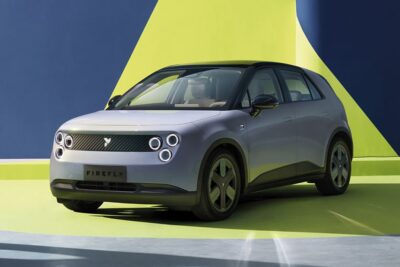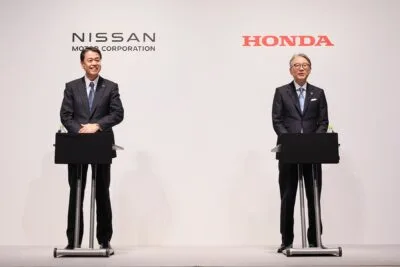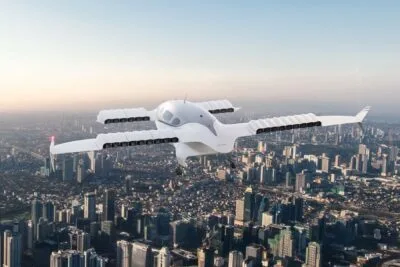Huawei expands electric car line-up in China
Huawei and BAIC had already presented the Stelato S9 at the beginning of June. As a battery-electric sedan, the 5.16-metre-long S9 is to be explicitly positioned against models such as the Mercedes S-Class, the electric EQS or the Audi A8. However, with prices of 399,800 yuan for the S9 Max (rear engine with 227 kW) and 449,800 yuan for the S9 Ultra (all-wheel drive with an additional 158 kW motor at the front), the Stelato S9 is significantly cheaper than its German competitors, some of which are offered in China at seven-figure prices.
Both versions of the S9 utilise a 100 kWh battery with 800 volts, which was developed jointly with CATL. The rear-wheel drive model has a range of 816 kilometres according to CLTC, while the all-wheel drive model has a range of 721 kilometres. The technical basis for the vehicle is the so-called Turing platform from BAIC.
The Stelato S9 utilises Huawei’s Advanced Driving System 3.0 (ADS), an autonomous driving system. A lidar sensor is installed, for example, and Huawei is also said to have developed the first high-precision 4D millimetre wavelength radar in China – to increase both the visibility range of the system and its accuracy. The infotainment system uses the smartphone manufacturer’s HarmonyOS operating system.
The Huawei developments from the HIMA project (Harmony Intelligent Mobility Alliance) are therefore independent of the vehicle itself. Huawei is taking advantage of this and has established a number of joint ventures with various Chinese car manufacturers, including AITO (Seres), Luxeed (Chery), Stelato (BAIC) and the upcoming Aojie (JAC). This explains the striking similarities between the Stelato S9 and the Luxeed S7.
The Luxeed S7 is also set to receive a sister model soon: Chery has applied for approval in China for a new electric model called the Luxeed R7 SUV. This is said to be an SUV coupé – it would be the first model of this body shape for one of the Huawei joint ventures. The Luxeed R7 is in a similar segment to the S7 sedan, but is slightly shorter at 4.95 metres. According to the licence application, there will be four variants (three with rear-wheel drive, one all-wheel drive) and the batteries will be supplied by CATL and CALB.
There is also news about the joint venture between Aojie and JAC: the vehicle brand is to be called Maextro and will be positioned in the super-luxury segment, well above Stelato. The targeted competition is not Mercedes-Benz or Audi, but Maybach and Rolls-Royce. The vehicle, which was photographed as a prototype in China, is a luxury van around 5.20 metres long, which is to use the X6 platform from JAC. The MPV is expected to be launched in spring 2025 – with prices starting at the equivalent of around 140,000 US dollars.
cnevpost.com, carnewschina.com (both Stelato S9), cnevpost.com (Luxeed R7), carnewschina.com (Maextro)





0 Comments